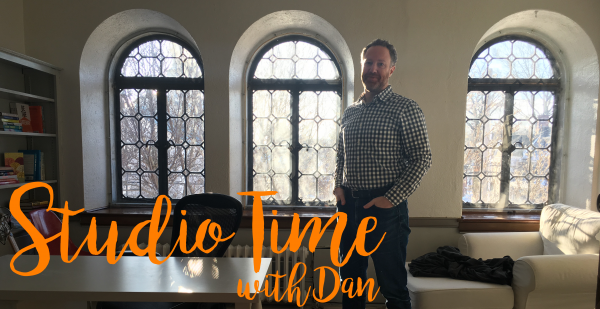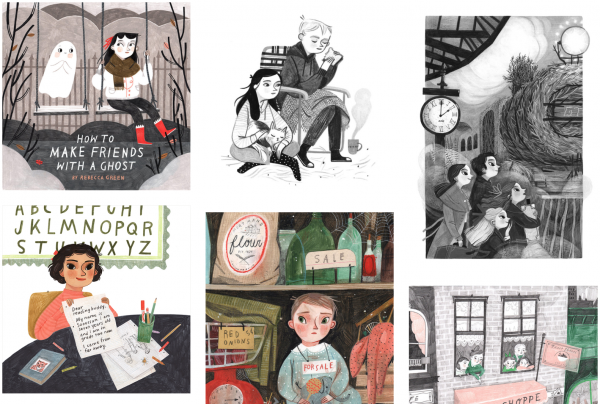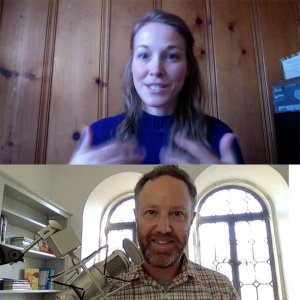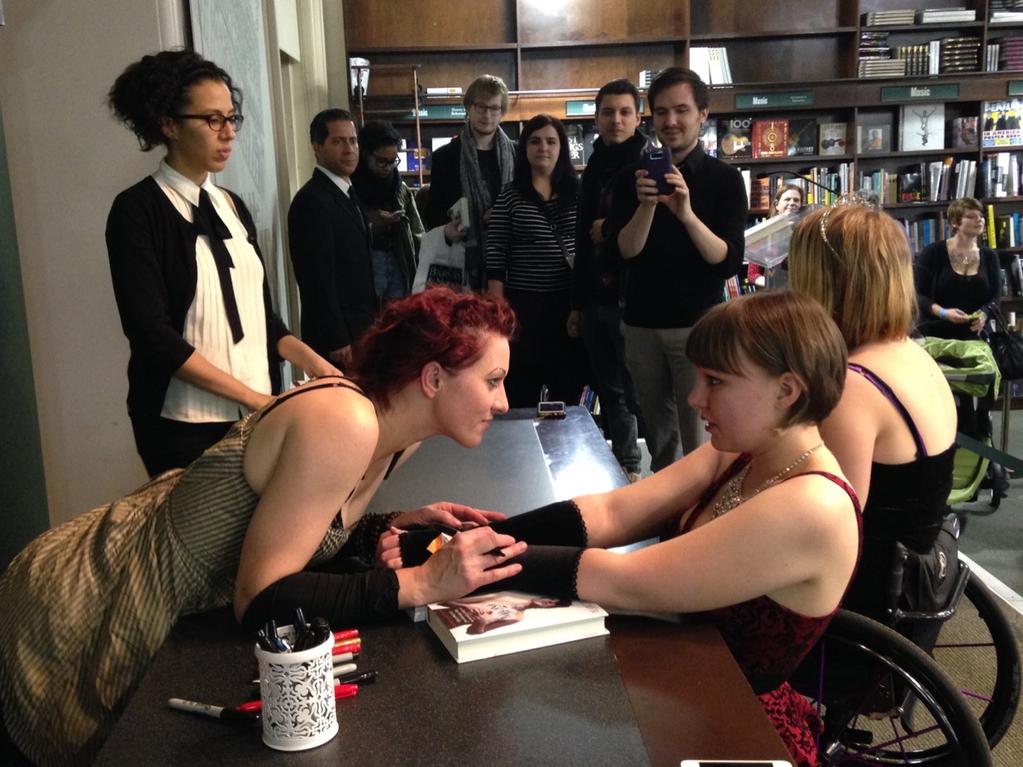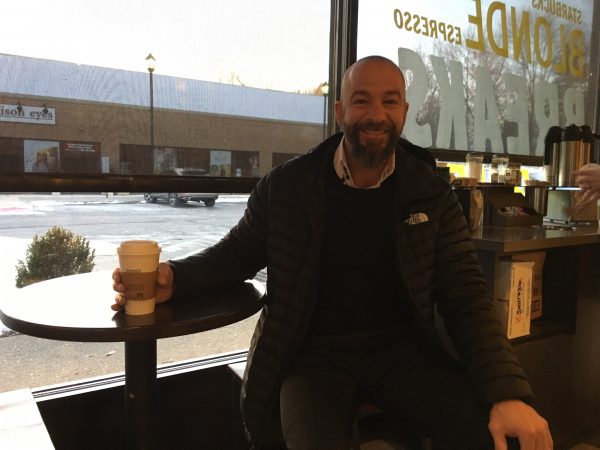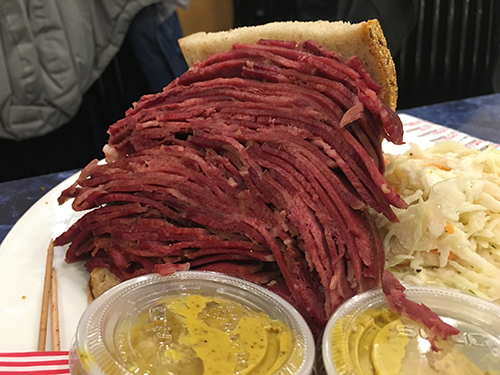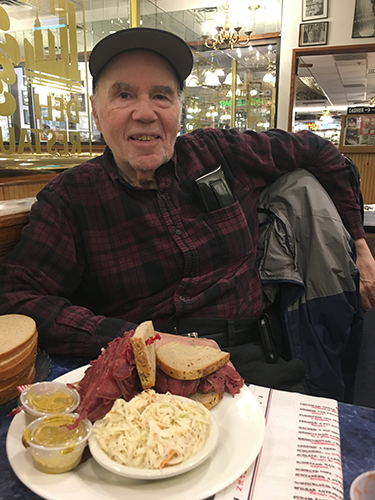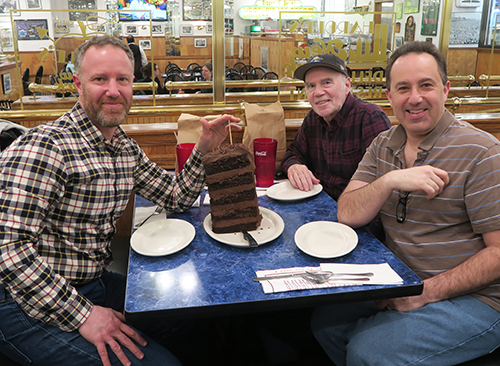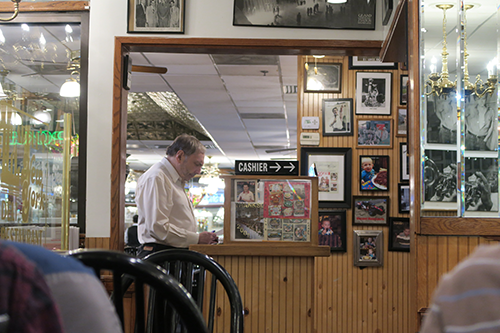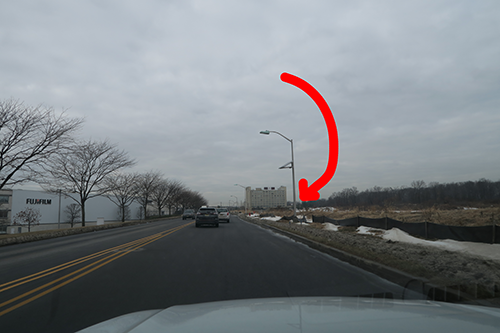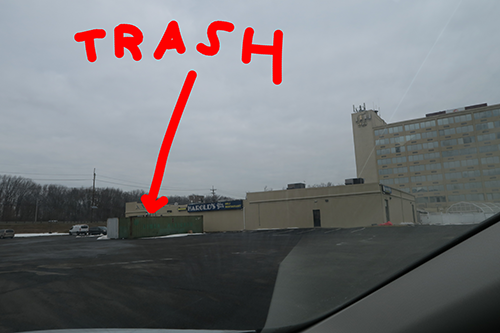I realized something this week:
- 10 years ago, I joined Twitter. I’ve shared 25,000 Tweets in that time.
- 12 years ago I created my blog. I clicked “publish” on a post more than 2,000 times.
- 13 years ago I sent my first email newsletter. I’ve sent more than 650 weekly newsletters since then.
In some ways, these numbers are astounding to me. So much time. So many moments shared.
But they also help explain what so many writers and artists have expressed to me recently: they are overwhelmed with social media. They feel so much pressure to share and engage. When they try, they can’t seem to find an elegant way to manage all of the content and status updates being thrust at them.
At the same time, they look to social media as a hopeful way to share their creative work and develop an audience for it. Which is why last Fall, I shared this post: Can You Have a Platform Without Social Media? Yes.
An author I know shared something incredible with me this week. You see, she just published her novel, and in the Acknowledgements section she highlighted all the people that she met through me. Look how many there are!
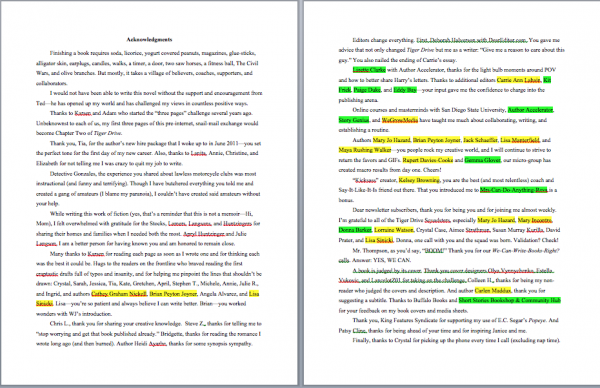
Each of these 25+ people helped her on her journey with this book, so much so that she mentioned them by name. The author is Teri Case, and her book is Tiger Drive. Teri’s reflections on this:
“I think that’s pretty telling about the power of collaboration. I mean these are people who played an active role in helping me reach publication. It’s crazy.”
She met each of these people in one of my mastermind groups or workshops. In other words: when people collaborate in a smaller group, they make stronger connections.
What I love is that none of this is about “social media tricks and trends.” It is 100% about showing up, collaborating, and caring. It is about focusing on the quality of connection with others, not the quantity.
One of the people that Teri mentioned, author Cathey Nickell, emailed me last week:
“I don’t know if your intention is to help people “make online friends” with other writers, but that’s a wonderful result, in my mind. Without your Mastermind, I would have never “met” Teri Case, Lisa , Brian, Rupert … all those folks. I really appreciate what you’ve done so much.”
“You helped me discover my passion even more than before. I already knew that I wanted to write, and that I loved to write … I mean, I already WAS a writer! But, your Mastermind helped me discover that what was important to me was important to so many others. We bonded. We became online friends. We learned to reach out and help each other.”
If you are experiencing social media overwhelm, I would like to share some advice on how to cure it. I will keep two goals in mind:
- You want to share your creative work and develop an audience for it.
- But you want to do this in a way that feels genuine and filled with meaningful connections to other people, not a rush for “followers.”
The overarching theme here is to make your CRAFT central to how you share and engage with social media. To give this context, I will include some examples from artists and writers I have interviewed on my podcast:
Cure #1: Collaborate
What collaborating means is to reach out to someone and in some way, work together. Maybe you play a small role in something they are creating. Maybe vice versa. Maybe you do a small short-term project. Maybe you create a brand new project together.
Want to know what this looks like? Go to Rebecca Green’s blog and keep scrolling. Scroll all the way back. I did this when I was preparing for my interview with her… the blog just kept going. There just kept being more collaborations and ways that she connected her work to other human beings. It was astounding. For instance, this mural project from 2015. Even now, she works every day in a co-working space that she helped to create called The Warren. So even when working on her own projects, she does so amidst other artists. Collaborations are as easy as just saying, “Hey, I have a question…”
A collaboration can be a side project. I’ve written about the local event that I co-founded called The Madison Storytellers Festival. You can see photos and a write-up from the last one here. This was a side-project, just a fun idea that was separate from the primary creative work I do each day. What that means is that a collaboration can be something new and fun and scary, even if you have few real credentials for it.
You can also do a completely different kind of collaboration, something that is less of an event, and more of a long-term project like the Mom Writes podcast. Here Jennie Nash, Abby Matthews, and Melanie Parish forged a unique collaboration that has shared 30+ podcast episodes since last Fall.
Collaborations can be huge or they can be tiny. What I have found is that when you connect your creative vision with others, an amazing potential is created.
If you look at these examples, these are deep collaborations where friendships are forged and some pretty amazing things are created. It is the complete opposite of trying to answer the question, “How do I get more followers?” What is so obvious is that these collaborations have lead to what we all dream of: creativity, relationships, fulfillment, and creating meaningful experiences around our creative work.
Cure #2: Start (and Finish) a Project
If you are frustrated with social media, unsure what to share that feels meaningful, I suggest you start a creative project. That you share the process of that project on social media. That you finish that project.
What project? ANY PROJECT. Anything creative. Anything that aligns with your creative vision. Anything that you can create within a timeframe… let’s say 30 days. It could be shorter. It could be a bit-longer. But make it something that is achievable.
The master of this is Elise Blaha Cripe. (I interviewed her last year, check it out here.) Seriously, go to her blog and then keep scrolling back. You will see project after project from idea to execution. If you want more, I highly recommend you follower her on Instagram, and pay particular attention to her “Stories” feed, where she gives near-daily updates on the projects she is working on. The way she identifies a new project, plans it, breaks it down, and completes it is inspiring.
When I interviewed Tina Roth Eisenberg, she said this of projects:
“I realized that these small side projects light me up — they make me incredibly happy. With my blog making some income through advertising, I could take the risk to not have clients and see what happens. To help grow the side projects. The luxury of giving yourself time to create something else, or to see what it is you want to be doing.”
You can also think of projects in different ways. Here are two videos from two different illustrators making similar points from different angles:
- “Make Projects Instead of Portfolios!” by Will Terry
- “You Need a Product not a Project” by Jake Parker
I interviewed Jake last year, and I’m actually interviewing Will today.
There is a common theme in much of this advice: how important it is to finish something and share it. What I love about the examples from these creators is that not everything needs to be the length of a novel. There are many ways to create small projects that you can share, and make that the foundation for how you consider using social media. Again, make it center around your CRAFT first.
Cure #3: Ask for Help
Many of you may be saying, “But Dan, I don’t know where to begin. I don’t know what to create. I don’t have any connections to other writers or artists. I feel like I’m dangling out here by myself.”
I have a simple cure for that: ask for help.
Seriously.
That tends to scare most people. So I would encourage you to begin by reading Amanda Palmer’s book: The Art of Asking: How I Learned to Stop Worrying and Let People Help.
If you don’t know anyone, then simply email people who you admire. I do this ALL THE TIME. It is literally the foundation for my podcast. I emailed the people I mentioned above and asked if I could interview them. Then I asked them everything I was curious about.
This is what many others do. I recently shared my conversation with Srini Rao. In his podcast, Unmistakable Creative, he has interviewed more than 600 people. These are deep conversations. These are real connections. This is the opposite of social media overwhelm. It is a conversation between two people.
As I look back on more than a decade of sharing on social media, my blog, newsletter, and podcast, I do not have a sense of social media overwhelm. Because it isn’t the number of Tweets I really remember. It is the people I met along the way. Those, like the names above, who inspired me. Who made my creative work and my life feel richer in the process.
I would love for you to consider: what is one thing you can do this week to connect with another writer or artist in a meaningful way?
Thanks.
-Dan

